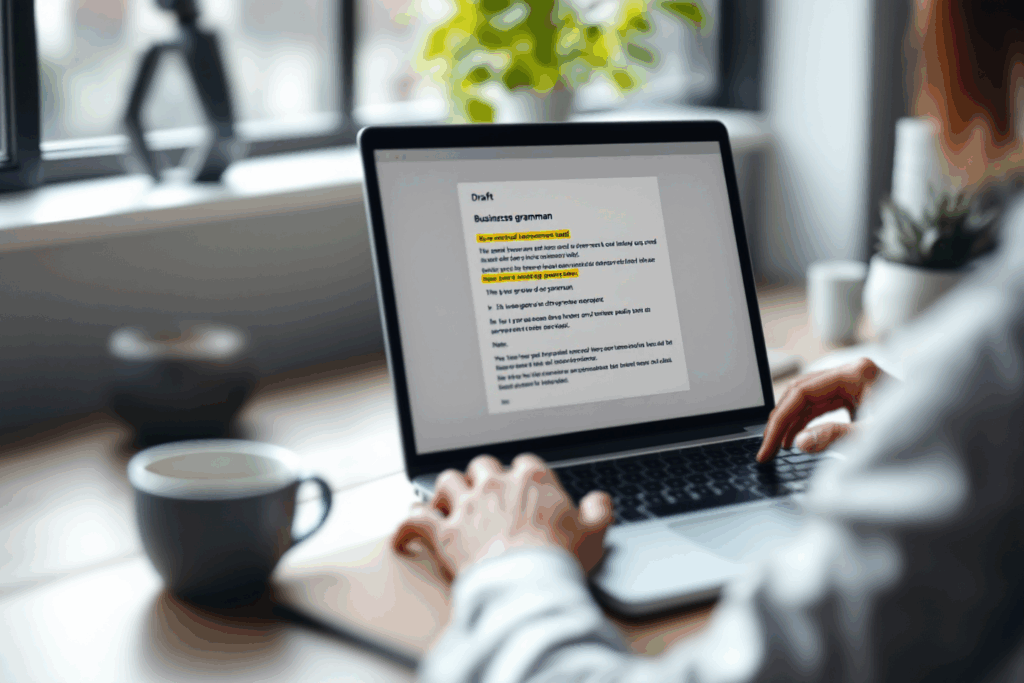
Present Simple Tense 1
English Blogs “Let’s Learn, Explore, and Connect to the World” Present Simple Tense 1 I. Introduction to the Present Simple Tense in English Mastering the



Effectively using the future simple tense in English involves not just understanding its structure, but also being mindful of when and how to use it correctly. Here are some practical tips for its usage and common mistakes to avoid.
 Spontaneous Decisions: Use the future simple tense for decisions made at the moment of speaking, rather than pre-planned actions.
Spontaneous Decisions: Use the future simple tense for decisions made at the moment of speaking, rather than pre-planned actions.
 Predictions Without Evidence: When making predictions based on personal opinion or without concrete evidence, the future simple is the appropriate choice.
Predictions Without Evidence: When making predictions based on personal opinion or without concrete evidence, the future simple is the appropriate choice.
 Promises, Offers, and Threats: The future simple is often used for making promises, offers, or threats. It’s a way to express willingness to do something in the future.
Promises, Offers, and Threats: The future simple is often used for making promises, offers, or threats. It’s a way to express willingness to do something in the future.
 Choosing the Right Future Form: Be cautious not to overuse ‘will’ for all future references. Other forms like ‘going to’ or the present continuous might be more appropriate in certain contexts, such as planned actions or events.
Choosing the Right Future Form: Be cautious not to overuse ‘will’ for all future references. Other forms like ‘going to’ or the present continuous might be more appropriate in certain contexts, such as planned actions or events.
Correct Formation of Questions and Negatives: Remember the correct structure for forming questions (will + subject + base verb) and negatives (will not/won’t + base verb).
Base Form of Verb After Will: Always use the base form of the main verb after ‘will’ or ‘won’t’. A common mistake is to use the past or -ing form.

Sentence Construction: Regularly practice constructing sentences in the future simple tense, focusing on various contexts like predictions, spontaneous decisions, and promises.
Role-play: Engage in role-playing exercises where you can practice making future plans, predictions, and decisions using the future simple tense.
 While the formation of the future simple tense itself is straightforward, be aware of the base forms of irregular verbs to avoid mistakes in verb usage.
While the formation of the future simple tense itself is straightforward, be aware of the base forms of irregular verbs to avoid mistakes in verb usage.
 The future simple tense is a key element of English grammar, essential for discussing future plans and predictions. Understanding its proper use and being aware of common mistakes can significantly enhance your ability to express future ideas and actions. Regular practice and attentiveness to these guidelines will improve your proficiency in using the future simple tense.
The future simple tense is a key element of English grammar, essential for discussing future plans and predictions. Understanding its proper use and being aware of common mistakes can significantly enhance your ability to express future ideas and actions. Regular practice and attentiveness to these guidelines will improve your proficiency in using the future simple tense.

English Blogs “Let’s Learn, Explore, and Connect to the World” Present Simple Tense 1 I. Introduction to the Present Simple Tense in English Mastering the

English Blogs “Let’s Learn, Explore, and Connect to the World” Present Simple Tense 2 II. Understanding the Present Simple Tense Definition and Structure At its

Master conversation with ‘Comic Collections’ (Book 2) by Cassia North. A fun, insightful guide to professional and casual communication, packed with engaging comics and practical tips for every interaction!



